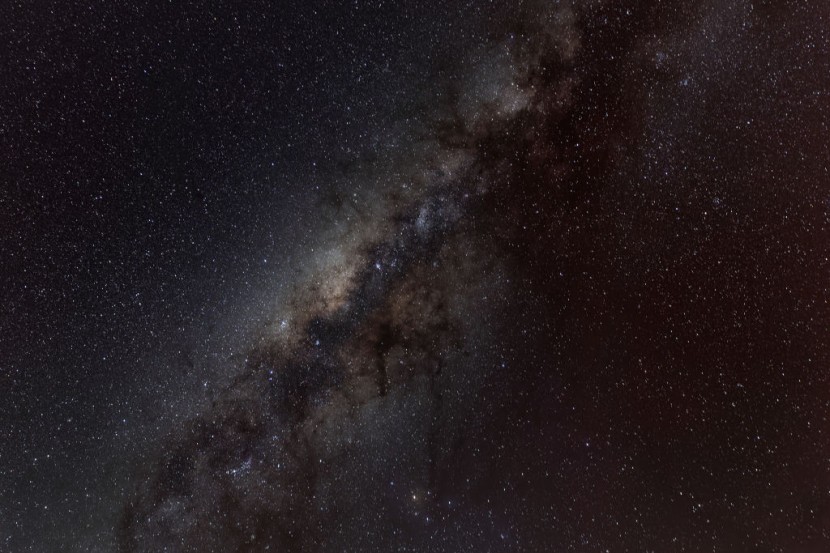
Astronomers have discovered elusive neutrinos streaming out from a supermassive black hole, just hidden out of our planet's view.
Scientists were able to detect the tiniest particles in the universe and traced back their origin. These particles offer clues about some of the most energetic events in the universe and are crucial in understanding the fundamental forces that govern it.
Elusive Neutrinos
A professor at the University of Kansas, Steven Prohira, who studies ultra-high energy neutrinos, said that the particles are interesting on both the largest and the smallest scales in nature. He added that these particles are a bridge between what humans know and what is just beyond what we understand.
Experts believe that the cosmic backdrop of neutrinos is thought to be mostly produced when cosmic rays, which are high-energy particles that travel through space at nearly the speed of light, crash into the matter. These collisions also produce gamma rays, which are known to be the highest-energy form of radiation, as per Axios.
Neutrinos, which have no charge and almost no mass, are not deflected by magnetic fields and interact weakly with matter. This means that if they hit our planet as they race through the universe, they point back to their origin.
They are considered to be a unique type of messenger in the cosmos, however, detecting these particles is quite difficult. A professor at Radboud University Nijmegen in the Netherlands, Heino Falcke, who studies black holes, said that finding neutrinos was a daunting task.
According to Space, the black hole where the neutrinos were found to be coming from is devouring huge amounts of material and forms a core of a sparkling active galactic nucleus that produces bright bursts of high-energy cosmic rays and charged particles.
Tiny Particles
However, most of the black hole's crackle is obscured from view because the galaxy's center is hidden by a thick ring when viewed from our planet. An associate professor of physics at the University of Adelaide in Australia, Gary Hill, said that they were seeing inside active regions of the galaxy, known as NGC 1068, which is located 47 million light-years away.
He added that they continue to observe the neutrinos and they will be able to learn more about the extreme particle acceleration and production processes that occur within the galaxy. This has not been possible until now as other high energy emissions cannot escape from it.
Astronomers detecting neutrinos from NGC 1068 is only the second time that a source of cosmic neutrinos has ever been identified. The first was in 2018 when the IceCube observatory found a stream of neutrinos coming from an active galactic nucleus of a galaxy known as TXS 0506+056.
Francis Halzen, who leads the IceCube researchers, said that the diffuse neutrinos that are seen from the universe are roughly 100 times larger than what is gotten from this one source. Now, the researchers who detected the stream of neutrinos are working on further refining their analytical methods and upgrading the detector so they could track more particles in the future, NewScientist reported.
Related Article:
Space Observatory Captures Stunning Image of Giant Star's 'Ghost' Made up of Cosmic Dust, Gas
© 2026 HNGN, All rights reserved. Do not reproduce without permission.








